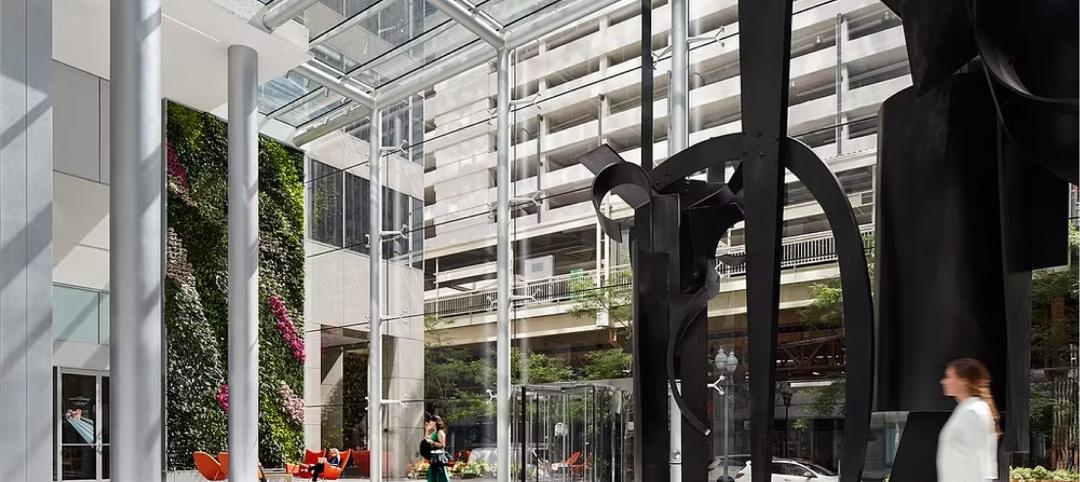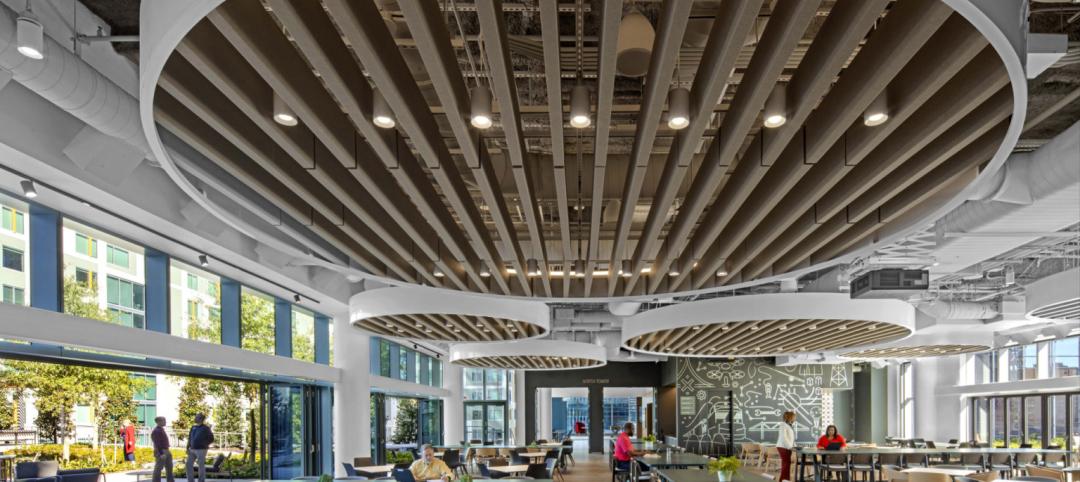International property and construction consultancy firm Rider Levett Bucknall (RLB) has released its latest Crane Index for North America. The report, compiled with information gathered from three sources—a one-day physical count of fixed-tower cranes on city skylines, a survey of RLB experts on the ground in each location, and interviews with local crane suppliers—provides a simplified measure of the construction industry in 14 key markets.
“The coronavirus (COVID-19) pandemic has had a sudden and ongoing effect on the economy,” said Julian Anderson, FRICS, President of RLB North America. “We expect, given the impact the virus is having on financial markets, that there is a good chance it will trigger a recession, which will eventually drive construction costs down as contractors, subcontractors, and suppliers compete to win the reduced number of projects in development.”
Crane Index market notes
- Toronto continues to be home to the majority of total cranes counted (27%), followed by Los Angeles (10%)
- For the third consecutive count, Seattle experienced a decrease in its crane total, down 20% from the previous Index
- Cities seeing an increase in cranes include Calgary, Chicago, Denver, Honolulu, Phoenix, San Francisco, and Toronto
- Cities with a decrease in cranes include Las Vegas and Seattle
- Cities having steady crane counts include Boston, Los Angeles, New York City, Portland, and Washington D.C.
Crane Index sector notes
- Residential and mixed-use projects combined account for 70% of all cranes counted
- Cranes dedicated to healthcare projects drop 33% from previous counts
- Hospitality projects experience a nationwide decrease in active cranes of 50%
Read the complete Crane Index here.
Related Stories
Healthcare Facilities | Sep 8, 2023
Modern healthcare interiors: Healing and care from the outside in
CO Architects shares design tips for healthcare interiors, from front desk to patient rooms.
Codes and Standards | Jul 19, 2023
Office leasing in major markets by financial services firms rebounds to pre-pandemic norms
Though the pandemic led to reductions in office leasing by financial services firms in gateway markets, a recent report by JLL found a notable leasing resurgence by those firms.
Multifamily Housing | Jun 29, 2023
5 ways to rethink the future of multifamily development and design
The Gensler Research Institute’s investigation into the residential experience indicates a need for fresh perspectives on residential design and development, challenging norms, and raising the bar.
Office Buildings | Jun 28, 2023
When office-to-residential conversion works
The cost and design challenges involved with office-to-residential conversions can be daunting; designers need to devise creative uses to fully utilize the space.
Arenas | May 18, 2023
How can we reimagine live sports experiences?
A Gensler survey finds what sports fans' experiences have been like returning to arenas, and their expectations going forward.
Headquarters | May 15, 2023
The new definition of Class A property
Dan Cheetham, Managing Director and Founder of FYOOG, believes organizations returning to a "hub and spoke" model could have a profound effect on properties once considered Class B.
Office Buildings | May 5, 2023
9 workplace design trends for 2023
HOK Director of WorkPlace Kay Sargent and Director of Interiors Tom Polucci discuss the trends shaping office design in 2023.
Multifamily Housing | Apr 4, 2023
Acing your multifamily housing amenities for the modern renter
Eighty-seven percent of residents consider amenities when signing or renewing a lease. Here are three essential amenity areas to focus on, according to market research and trends.
Urban Planning | Mar 16, 2023
Three interconnected solutions for 'saving' urban centers
Gensler Co-CEO Andy Cohen explores how the global pandemic affected city life, and gives three solutions for revitalizing these urban centers.
Laboratories | Mar 9, 2023
5 laboratory design choices that accelerate scientific discovery
Stephen Blair, director of CannonDesign's Science & Technology Practice, identifies five important design strategies to make the most out of our research laboratories.

















